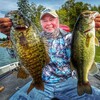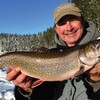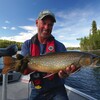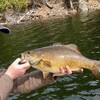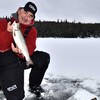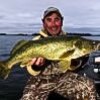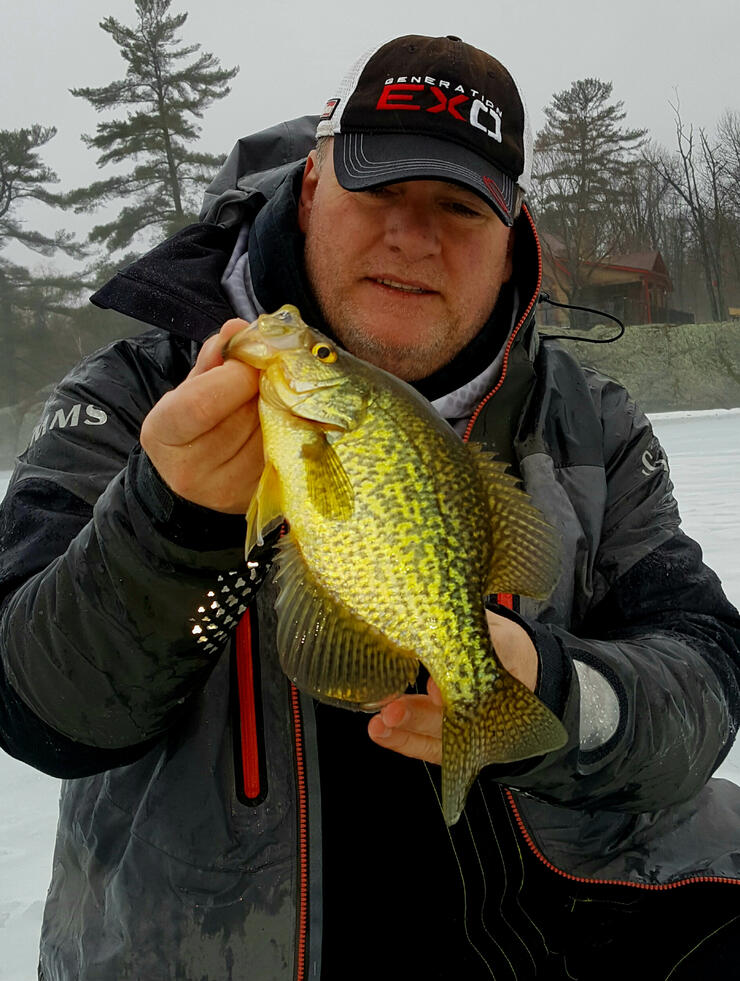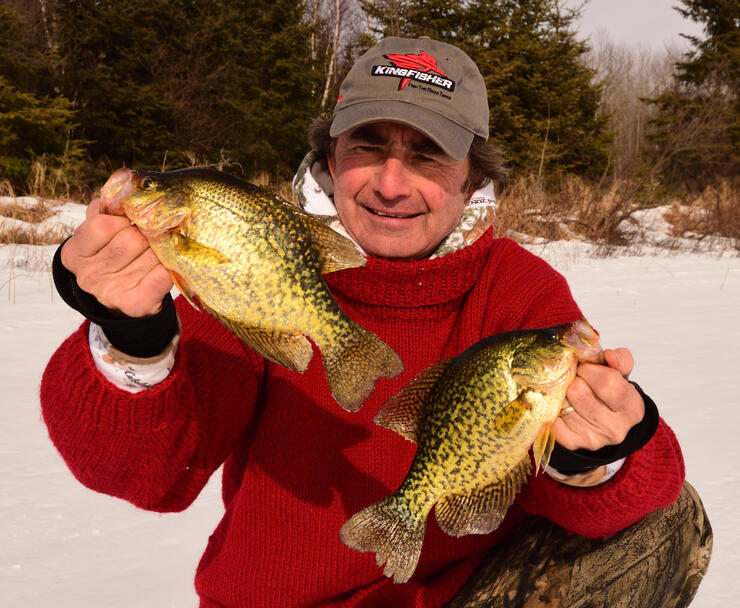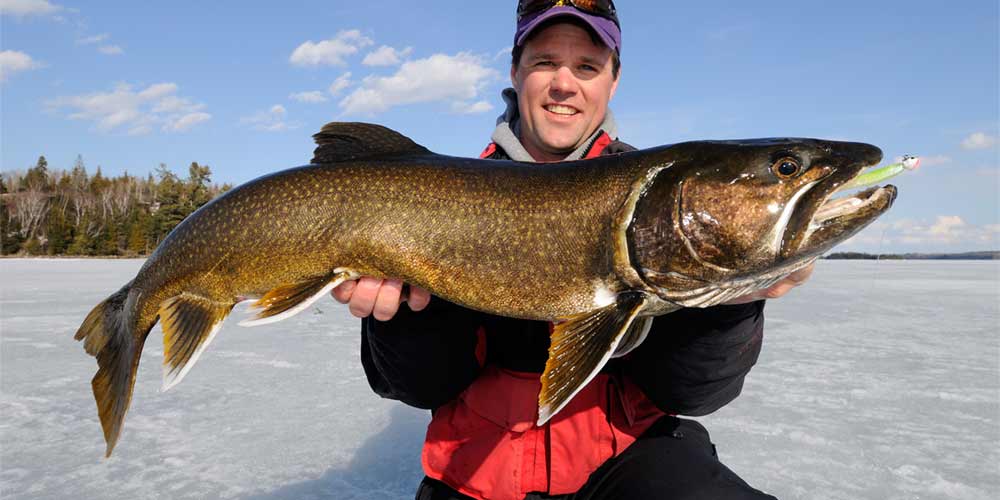
How To Target Black Crappies (Part 2)
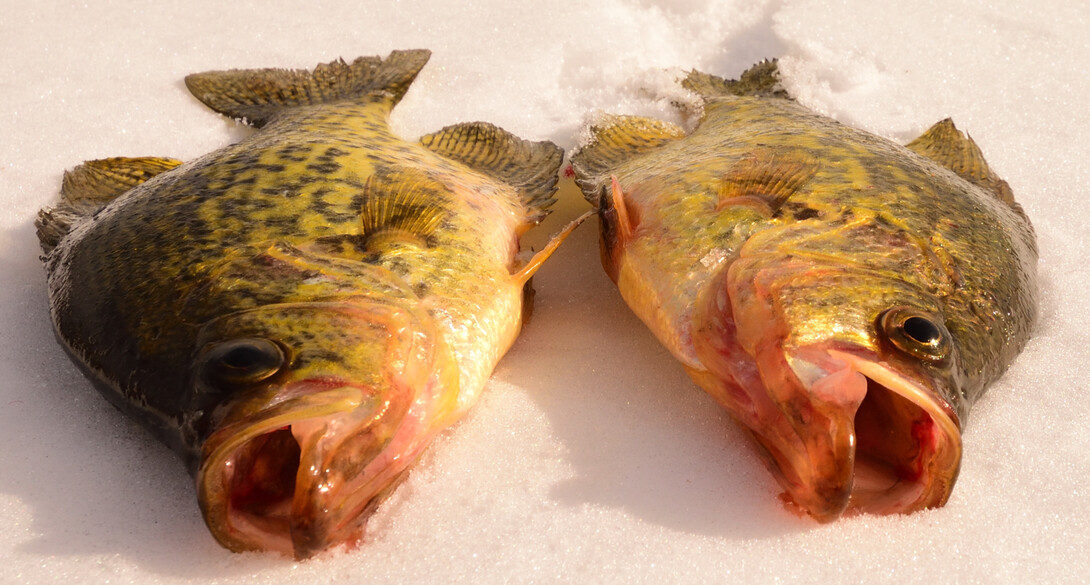
I know what you're thinking.
Ontario black crappie guru Pete Garnier's previous article (Part 1) promised to share more of his ice fishing secrets. Especially Pete's classic winter pattern.' So, c'mon – share."
Okay, I am cool with that.
"During the low light period, for the first hour or two in the morning," says Garnier, who was the 2012 Canadian Sport Fishing League (CSFL) Classic Champion, "you may have been catching crappies using an active presentation. You were working your lure with a fair amount of movement, you saw the fish come in on the sonar screen, watched them charge up to your bait and whammo – fish on!
"But, then, typically around mid-morning, they still show up, but they don't charge your bait. Instead, they hover below it, move up slowly, and don't bite. They're telling you that they've changed their activity level and that you need to become creative in order to trigger the ''lookers' into biters."
Garnier says the key adjustment now is matching your presentation to the fish's activity levels. Move your bait and lure ever so slowly and impart painfully long pauses. Matter of fact, he says no movement at all, dead-sticking your bait in front of the fishes' faces, typically seals the deal.
"One of the most overlooked components of pan fishing in the wintertime is determining the size of the 'strike window'", says Garnier, who every year also nabs some of the biggest and most beautiful bluegills. "By 'strike window,' I am referring to the vertical and horizontal distances a fish will swim to eat your bait.
"Sorting this out tells me how many fish I can expect to catch from a hole before I need to move on to the next one. It also tells me how close together I should drill my holes. Inactive panfish won't swim very far, so I'll often drill my holes surprisingly close to one another and expect only to catch three or four fish from each hole. On the other hand, if the activity level increases and the fish start moving around more, I'll space my holes much further apart and hole jumps much less frequently."
Listening to Garnier talk about coaxing out extra bites reminds me that I often trick moody crappies by changing the colour of my jig and soft plastic dressing. He nods his head in agreement and chuckles, "I'll typically have several rods rigged with the same bait but in different colours. And I'll swap rods after catching a few fish to 'keep them guessing' and the bite going on for as long as possible.
"The Angler's Choice Crappie Wiggler is my go-to bait of choice because it is super soft, yet surprisingly tough. It is shad-shaped with a flattened tail that tapers out to a diminutive thread at the end. The bait comes alive in the water with the slightest movement.
"I'll let you in on another trick," says the personable Garnier, who holds eight Canadian Live Release Records: "when you rig the soft plastic on a heavier-than-normal jig head, the tail quivers on the way down as if it is swimming. When you use a lighter head, on the other hand, it produces a meandering glide."
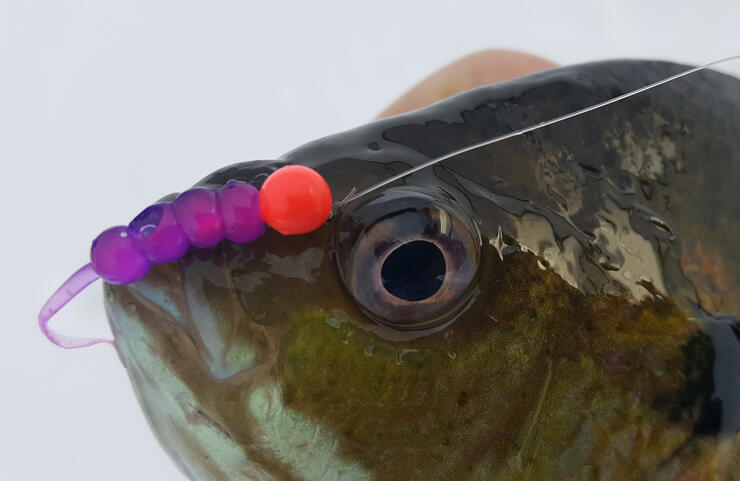
Watching Garnier shake his rod incessantly, you quickly get the impression that he drank far too much coffee at breakfast. But there is a method to his madness. The rat-a-tat-tatting produces a tight, rapid tail vibration that makes his plastic dressing look like a minnow finning in one spot.
"My typical presentation begins with tiny, rapid jiggles of the rod tip," Garnier explains. "I'll couple this movement with a slow gradual lift when I find crappies in an active to neutral feeding mode. When they are less aggressive, I'll still impart the jiggling motion, but I'll slow it down a bit and separate the 'finning' look with longer and longer pauses, holding the bait motionless for increasingly longer periods of time.
"I love playing cat-and-mouse with the fish, paying attention to how quickly or slowly they follow the bait when I lift it up. Sometimes, during a moderate lift, when you suddenly stop, they smash into your lure. The only choice they have is to inhale it.
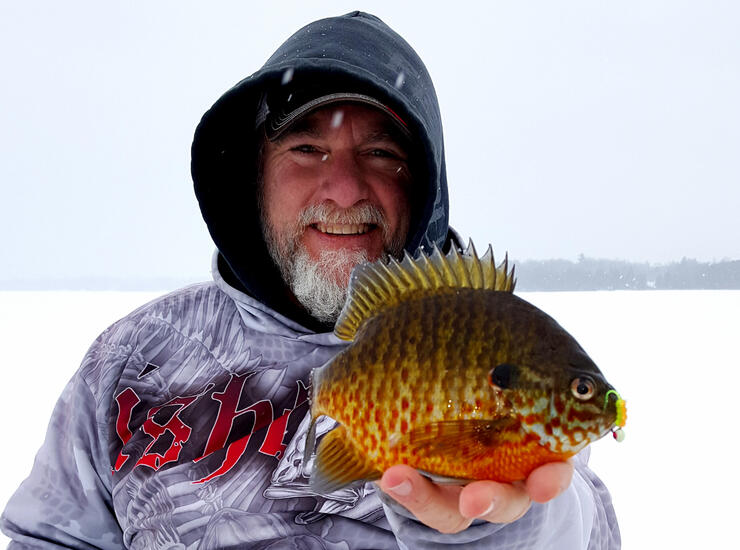
"Other times, a single flick of the rod tip, followed by a pause, will let your bait glide back to a still position. It almost wakes them up. As I see them start moving toward my bait, I slowly start the jiggling motion, but if the fish stops, so do I. It is so much fun that just talking about it makes me want to get out on the ice.
"It's without question my favourite 'video game' and with a little practice, it will work for anyone willing to play the game in Northern Ontario."
Recommended Articles

Cutler Lake Lodge: Your Cozy North Channel Area Fishing Getaway
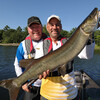
20 Years With Fish TV!

Predicting Lake Thickness

’Tis The Season
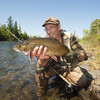
Nipigon Brook Trout

10 Facts About Lake of the Woods
Ontario Brook Trout
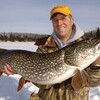
Eating Northern Pike

How To Dress Really Warm On The Ice This Winter
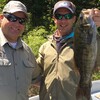
Ontario Experience
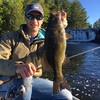
Smallmouth Bass Destinations
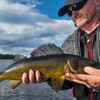
Sturgeon Lake Fishing
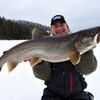
Rigged for Ice Fishing Success
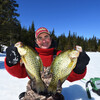
Ideal Christmas Gifts For The Northern Ontario Ice Angler
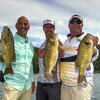
Top 5 Baits for Smallmouth and Largemouth Bass

Ten Mile Lake Lodge
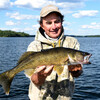
Slow Death Revisited
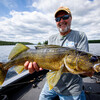
Catching Bucket List Walleyes at Dogtooth Lake Resort
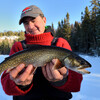
Speckle Splake Spectacular
